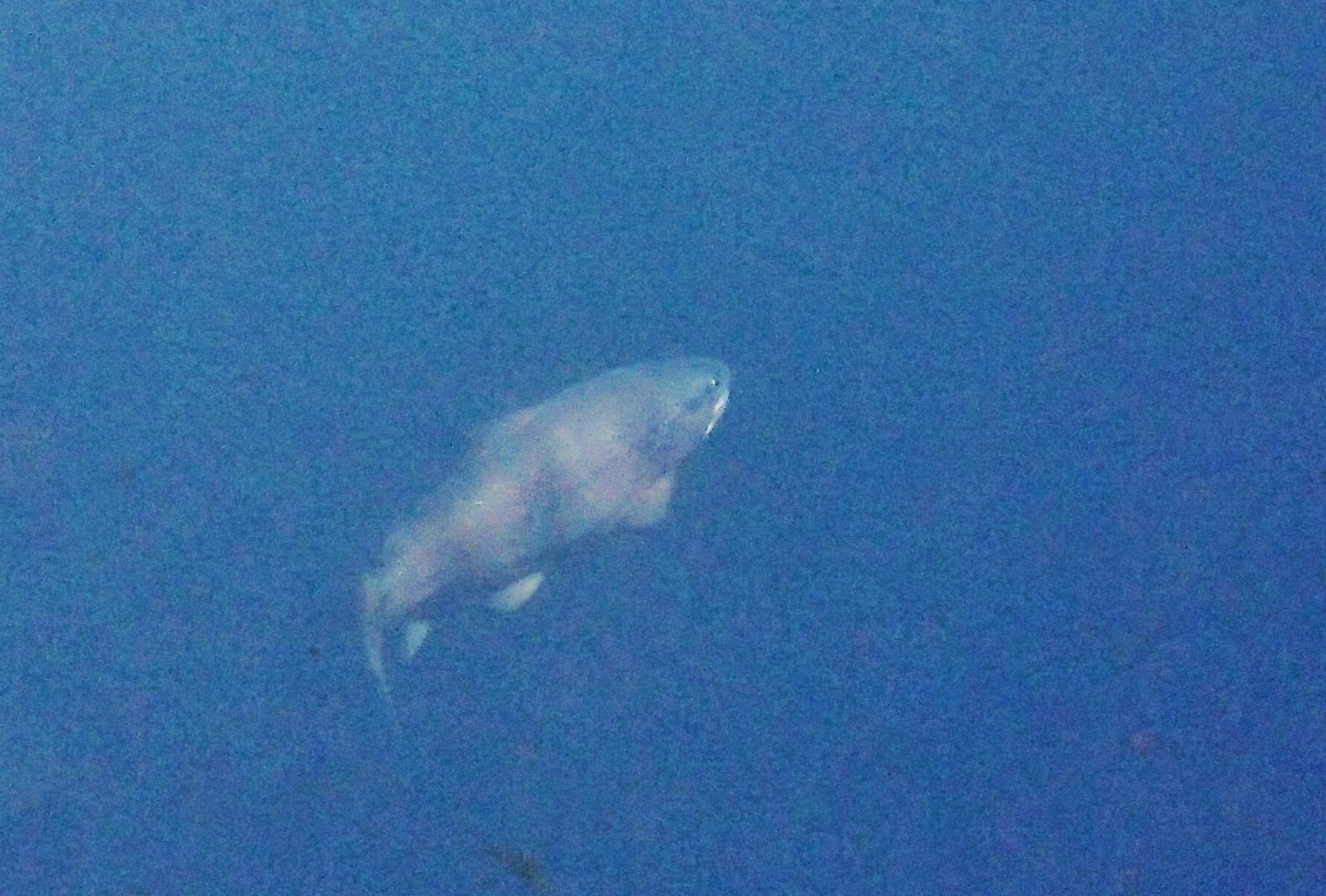 |
| One of Greece's "protected" Barbels (Barbus sp); shown here in bright golden hues in a mountain stream on the eastern side of the Pindos range. We need to use pics like this for propaganda, how many scientists take such pics? |
Natura 2000 and Fish Conservation in Greece
Fish are rather 'invisible' as objects for natural heritage conservation. They are also poorly known generally; although specialists have studied many in depth (lets say more than amphibians, bats, and most inverts, for example).
Fish tend to look the same to people. And few know their specific names. Few experts strive to standardize national names (as is a trend in birds, for example). And the taxonomy is difficult; more difficult today even though we know more. Look at their scientific names...constant change.
We have scientific names which after 2007 especially have seen great name shifts with the widespread adaptation of a new species concept - the Phylogenetic Species Concept. The notion of subspecies is 'extinct' and all slightly varying populations that usually have some sort of distinct character (in form and genes) are now labeled as "new species". Some variants are lumped, some are left for "future work".
English names are embarrassingly unstable in fishes also. Even European fish names have been very poorly standardized, often 'local names' are given and they are unruly; for Greek fishes these are sometimes ridiculous (see Bafa for Tropidophoxinellus, Skarouni for Luciobarbus greacus, Marida for Pelasgus...). Modern Greek names are pretty bad too; considering that the Greek language has lent more descriptive species scientific names than any other. It shows that modern society plainly does not care.
So how to get society to protect our rare and 'protected' fishes? Because if society doesn't want - you will not see any 'natura' applied.
This is why I feel scientistd doing 'fish research' in this country have a double obligation:
a) Do meaningful conservation science. For example, prioritize to make your work conservation relevant. Stabilize the names asap; help to stop manic splitting.
b) Reach out to the public. Spend 20% of your professional effort as scientists to do what I call "naturalist activism". Nature interpretation, promotion, strategic propaganda - guiding the public, sensitizing, creating care-takers for fish and their habitats. Explain what taxonomy is; how it works and the need to respect variation, spatially distinct populations, and the uncertainties in this perpetual naming game. Explain this to public and to policy makers.
Well in ending this rambling note, I provide some snippets from Natura Surveillance work on the thematic of "Fishes of European Community Interest: Their conservation status in Greece" (A big project funded by our Hellenic Ministry of Environment and all you guys reading this in the EU states). Four institutes are working on this - and supported by many scientists (HCMR, Aristotle Univ. of Thessaloniki, INALE and University of Ioannina). We are assessing the status of 72 species of fishes (mostly inland water taxa); we are doing this in collaborations.
I thank all our workers, they know who they are.
Some field snapshots to help bring this out a bit:
 |
| A lot of our work is done on computers! Google Earth really helps. But who know where those springs are (if they still have water...) near Lake Karla? |
 |
| Prague ichthyologist Jasna and Karla ichthyologist Maria planning out searches in Thessaly. Where is the habitat of the Cobitis stephanidisi? Is the habitat "extinct". (NB: yes, unfortunately). |
 |
| The Sperchios Schneider (Alburnoides sp. Sperchios); a species looking for a God Father....It is still un-named despite knowledge of its unique "basal" position among European Shneiders (also known as Sprilins). |
 |
| Take just 20% of the water and the stream goes dry, Barbels gone. A picture from the Upper Sperchios river on Mount Timphristos. |
 |
| Barbels; a protected species of EU community interest and one of 72 taxa that are represented in the Annexes of the EU Habitats Directive. These specimens are from a spring in Eastern Macedonia near Serres Town. The look very similar to the "Golden" species on top, but are another species. |
 |
| A Species of Community Interest that is common and widespread in northern Greece - the Bitterling. Photographed in spawning colours in April at Dadia National Park in Thrace (Dadia Diavolorema). A protected species like this may lend value to many small lowland streams that are in danger of being dried-out by wasteful water over-abstraction. |
 |
| Nektarios and Elena looking for fish...The first question: Is this a naturally intermittent or an artificially intermittent river? In artificially degraded by human exploitation we have a problem both for water management and conservation. (Photo from a tributary in the Othrys foothills of the Sperchios basin). |
 |
| Another "Golden" fish, a widespread ENDEMIC o f the southern Balkans that is not on the Species of Community List; the Thracian Chub Squalius orpheus. Photographed here in a small stream in the Eastern Rhodope north of Komotini (note the Alder leaves). The speceis need water despite being a true "surviver"!!! |
 |
| Within Zakynthos National Marine Park. An uncommon sign in Greece. We need to do more. |








































